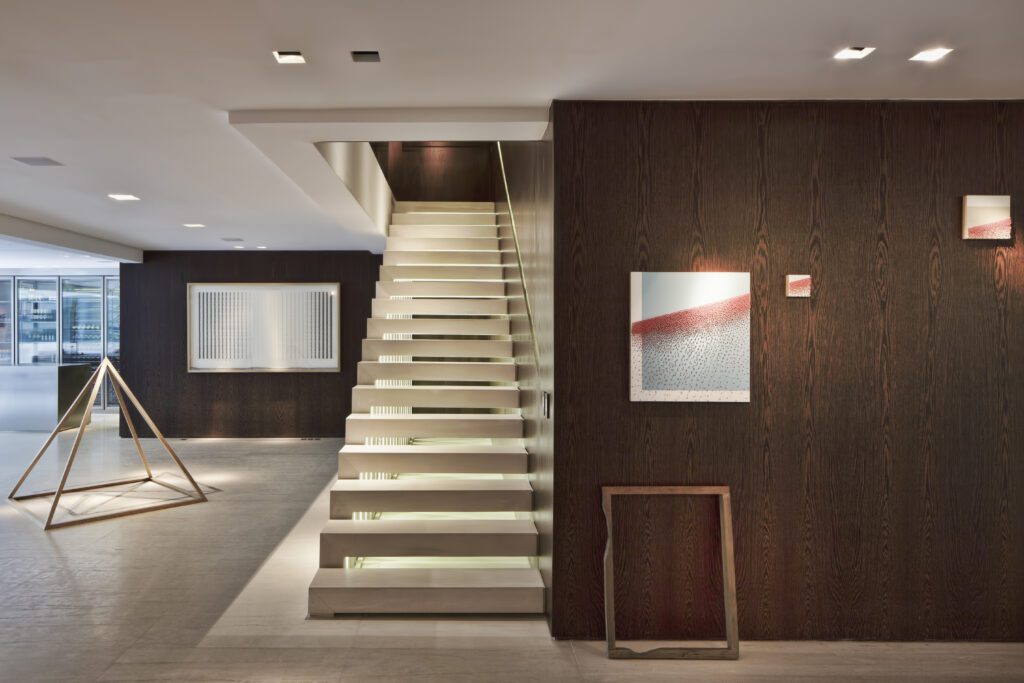In contemporary high-end architecture, conscious energy consumption is just as essential as aesthetics and comfort. Energy efficiency goes beyond choosing cost-saving appliances about designing a space as an intelligent system where every element contributes to the balanced and responsible use of natural resources.
In the work of architect Fernanda Marques, energy efficiency and sophistication coexist in perfect harmony. From the use of automation to advanced materials, every detail is meticulously considered to combine beauty, functionality, and sustainability, core values that respect both the present and the future.
Energy efficiency means using available resources as intelligently as possible, minimizing waste while optimizing performance across all residential systems. It’s not limited to energy-rated appliances; it involves strategies embedded in the project’s foundations such as thoughtful material selection, natural light optimization, and the integration of smart technologies.
In Fernanda Marques’ designs, efficiency is approached with strategy and elegance. Elements like cross ventilation, thermal insulation, solar control, and automation systems are seamlessly integrated without disrupting the visual language of space. The result: sophisticated environments that embrace environmental consciousness.




